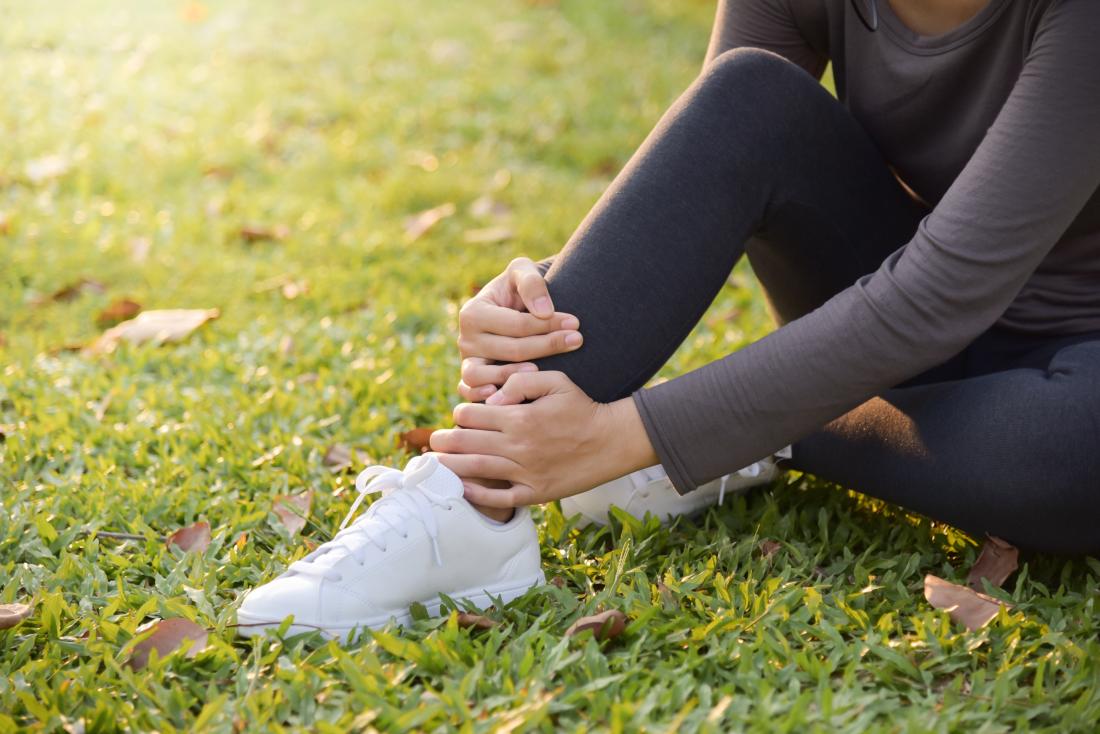
It’s true right now. Maybe you’ve walked too fast in soccer training and fallen over, or maybe you were in the gym and pushed to the limit without getting properly warmed up. Whatever the case, your ligaments and muscles are screaming at you to take a break for a while.
Everyone has experienced an injury like a strain or sprain. They’re the most commonly used sporting injuries for a reason. From on-field injuries that are reported live by sports commentators who have a college degree in sports media to minor league strains in local clubs, strains and sprains are commonplace within the sports world.
The types of strains and strains
There are a variety of strains and strains. When a physician is in a position to determine the appropriate level of injury and the recommended treatment, this is a brief outline of what they might look like.
Sprains can occur when you turn, twist, or sloppily stretch the joint. They can affect ligaments and can be classified into three distinct types:
- Grade 1: a minor strain that heals by itself with a bit of rest.
- Grade 2: moderate sprain that could indicate that there is a possibility of tearing the ligament. There is a possibility of immobilization, like walking boots or a brace.
- Grade 3: A severe strain that causes a total tear of the ligament. There is a possibility of surgery to repair your torn ligament.
On the other hand, strains, which can be described as ligament or muscle tears or excessive stretching, could be chronic or acute. The most acute strains happen suddenly and usually occur when you make an unintentional movement or powerful contraction, and the tendon or muscle is suddenly forced to stretch excessively. The chronic strains, on the other hand, can develop in time as you repeatedly use this muscle (often in the same kind of repetitive motion).
The most common types of sprains and strains include sprains and strains to the wrist, ankle, or back. tear from the ACL (in the knee).
What can you do to accelerate the healing process?
Based on the severity of the injury, there are some things you could use to accelerate healing. Mild injuries tend to heal by using the RICE method of rest, compression, ice, and elevation. But it’s crucial to consult a doctor and seek professional advice to ensure that you’re not ignoring a serious injury.
How to avoid strains and sprains?
Be aware of risks
There are a variety of danger factors to consider prior to engaging in any vigorous exercise. This includes things such as weight and age, but it could also encompass things such as knowing if you’ve previously suffered injuries to a particular body part, and making sure that you don’t engage in activities that may aggravate the injury.
Begin to warm up and cool down appropriately
The process of warming up your body before exercising is crucial not just physically, but also mentally. Physically, it keeps your muscles warmed up and helps prepare the body to perform any stretching that you’ll need to do, and helps get your blood flowing to the areas that require it. Mentally, it can help you get into a mental state for sports. This will help you feel more at ease, calm, and relaxed, which will help you perform better.
Use proper technique
There are many sports that have a correct technique that lowers the risk of injury, ranging from dancing to weightlifting to climbing rocks. Make sure you are aware of the correct technique (take beginning classes before you begin to tackle the more challenging things, if you need to) and apply it.
Rest and take breaks
Make sure to have regular breaks and rests whenever you’re required, to ensure that your body is well-hydrated and also allow you to recharge your energy. If you’re doing activities when you are exhausted or exhausted it is more likely that you will hurt yourself because you may not be paying attention to the surroundings around you, not following the correct technique because of fatigued muscles, or rushing more than you would normally.
Sports can be fun and bring numerous positive effects to our lives. However, it is crucial to play your exercises safely and with care, and avoid injuries and strains that keep millions of Americans in a bind every year.







